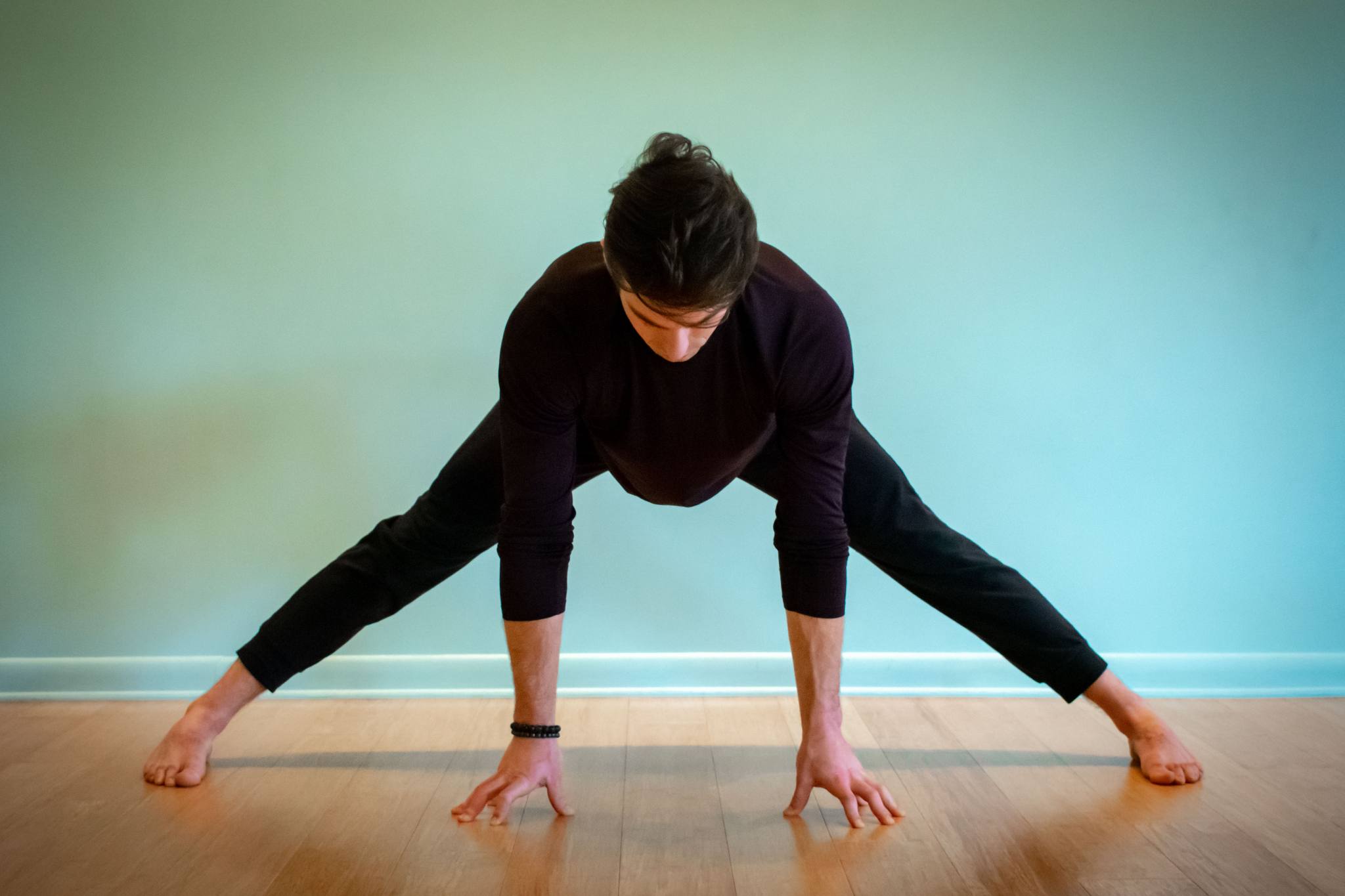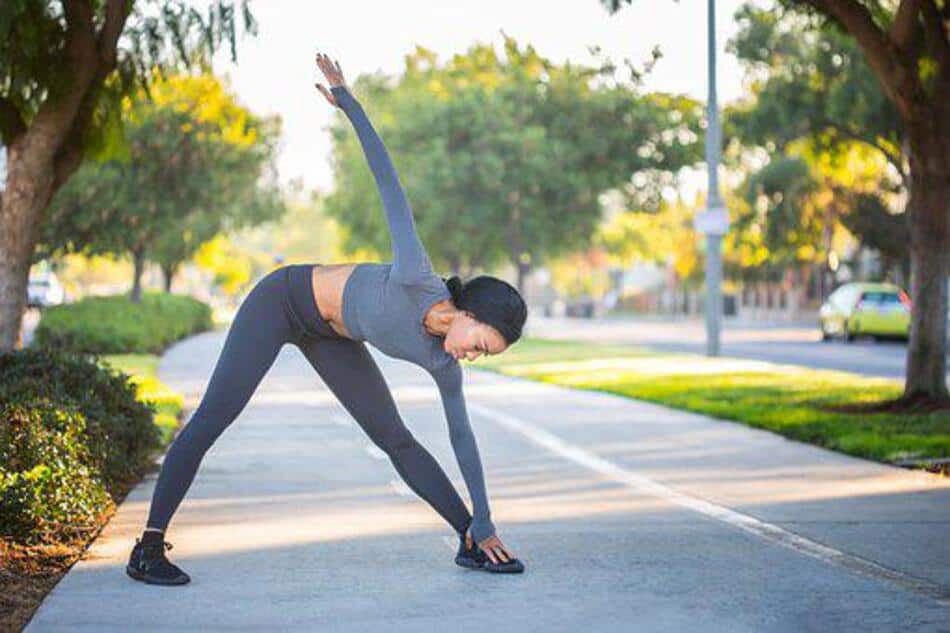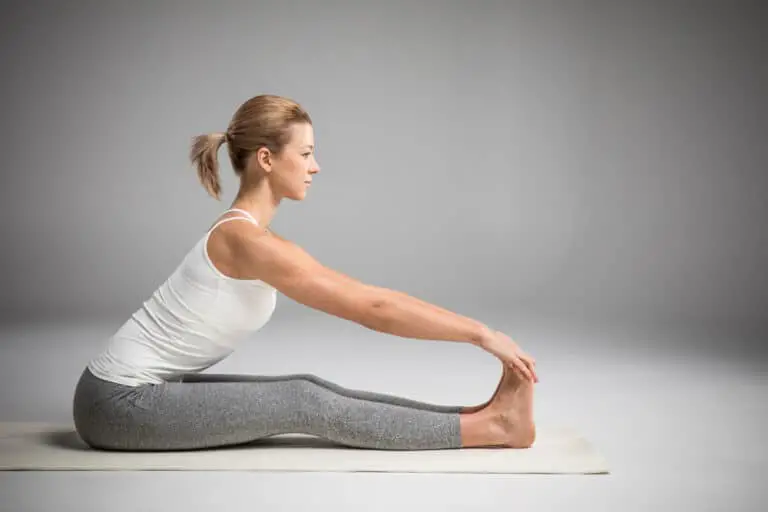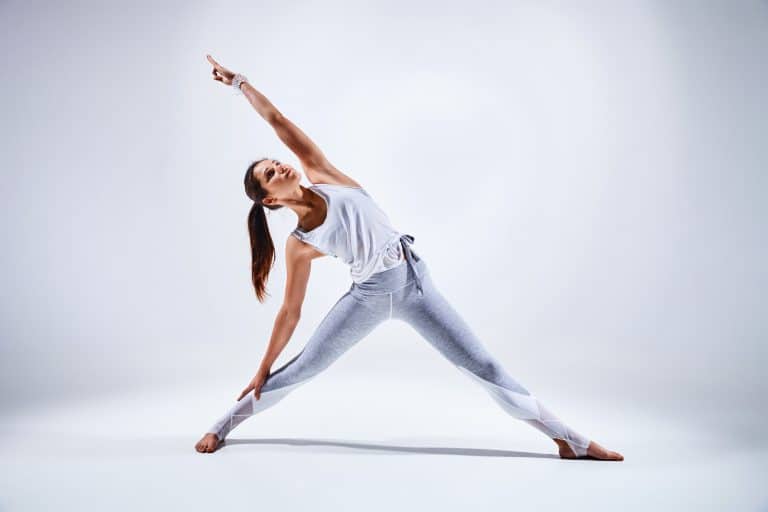I. Introduction

A. Brief explanation of yoga and stretching
Yoga is a practice that combines physical postures, breathing exercises, meditation, and ethical principles to promote physical, mental, and spiritual well-being. Stretching, on the other hand, refers to the deliberate elongation of muscles, tendons, and other soft tissues to increase flexibility and range of motion.
B. Importance of physical flexibility and its impact on overall well-being
Physical flexibility plays a crucial role in overall well-being. It allows us to move freely and comfortably, reduces the risk of injury, enhances athletic performance, improves posture, relieves muscular tension, and promotes relaxation. Additionally, increased flexibility can positively impact other areas of life, such as everyday activities, hobbies, and quality of life.
C. Comparing yoga and stretching, their similarities, differences, and benefits
The purpose of this article is to compare and contrast yoga and stretching in terms of their approaches, benefits, and effectiveness in enhancing flexibility. It aims to provide a comprehensive understanding of the similarities and differences between these practices and to help readers make an informed decision about which practice may be more suitable for their needs.
II. Yoga:
A Holistic Approach to Flexibility Enhancement

A. Definition and principles of yoga
Yoga originates from ancient Indian philosophy and encompasses a system of physical, mental, and spiritual practices. It is rooted in principles such as ahimsa (non-harming), satya (truthfulness), and svadhyaya (self-study). Yoga focuses on the connection between mind, body, and breath, seeking to balance and harmonize these aspects of our being.
B. Physical, mental, and spiritual benefits of yoga
- Increased flexibility and range of motion One of the primary benefits of yoga is improved flexibility. Regular practice of yoga postures (asanas) gently stretches and elongates the muscles, tendons, and ligaments, gradually increasing flexibility and range of motion.
- Improved balance, stability, and posture Yoga incorporates balance poses that challenge and strengthen the core muscles, improve proprioception, and enhance overall balance and stability. Additionally, specific asanas help to correct poor posture and align the spine, leading to improved posture and reduced risk of musculoskeletal imbalances.
- Stress reduction and relaxation Yoga emphasizes the connection between breath and movement, promoting deep relaxation and stress reduction. The practice of controlled breathing techniques (pranayama) activates the parasympathetic nervous system, inducing a calm and relaxed state of mind.
C. Different styles of yoga
- Hatha yoga Hatha yoga is a gentle and slower-paced practice that focuses on physical postures (asanas) and breath control (pranayama). It is suitable for beginners and emphasizes proper alignment, breath awareness, and relaxation.
- Vinyasa yoga Vinyasa yoga is a dynamic and flowing style of yoga that synchronizes movement with breath. It involves transitioning from one pose to another in a seamless, continuous manner, promoting strength, flexibility, and cardiovascular fitness.
- Ashtanga yoga Ashtanga yoga is a physically demanding and structured form of yoga that follows a set sequence of postures. It combines breath, movement, and specific gaze points to produce an intense internal heat, strengthening and purifying the body.
D. Techniques and poses to enhance flexibility in yoga practice

- Sun Salutations Sun Salutations (Surya Namaskar) are a series of dynamic yoga poses that warm up the body, stretch the muscles, and lubricate the joints. Regular practice of Sun Salutations can improve overall flexibility and prepare the body for deeper stretches.
- Standing and seated poses Standing and seated poses, such as Warrior poses, Triangle pose, and Seated Forward Bend, target specific muscle groups, lengthening and strengthening them to improve flexibility. These poses also help to develop balance, stability, and core strength.
- Backbends and inversions Backbends, such as Bridge pose and Camel pose, and inversions, such as Headstand and Shoulderstand, challenge the body in different ways, promoting spinal flexibility, opening the chest and shoulders, and improving circulation. However, these poses should be practiced under the guidance of an experienced yoga teacher.
III. Stretching: Targeted Flexibility Exercises
A. Definition and types of stretching
Stretching is the deliberate elongation of muscles, tendons, and other soft tissues to increase flexibility and range of motion. There are three main types of stretching:
- Static stretching: This involves holding a stretch for a prolonged period of time, typically 15-60 seconds, without any movement.
- Dynamic stretching: Dynamic stretching involves moving parts of your body through a full range of motion in a controlled manner. It can mimic movements used in specific activities or sports.
- Proprioceptive neuromuscular facilitation (PNF) stretching: PNF stretching involves a combination of relaxation, muscular contraction, and stretching. It typically involves a partner assisting with the stretches.
B. Physical benefits of stretching

- Increase in muscle flexibility and joint range of motion: Stretching helps to lengthen and relax muscles, increasing their ability to stretch and extend. This leads to an increased range of motion in the joints, allowing for greater movement and flexibility.
- Improved muscular coordination and performance: Stretching before physical activity helps to prepare the muscles for movement and improves muscular coordination. This can enhance performance in activities such as sports and exercise.
- Prevention of muscle imbalances and injuries: Regular stretching helps to maintain a balance between opposing muscle groups. It can help to correct muscle imbalances and reduce the risk of muscle strains or tears during physical activity.
C. Different stretching techniques
- Static stretching: Static stretches involve holding a stretch for an extended period without any movement. They are typically held for 15-60 seconds and target specific muscle groups.
- Dynamic stretching: Dynamic stretches involve moving parts of your body through a full range of motion in a controlled manner. Examples include arm circles, lunges with a twist, and leg swings.
- Proprioceptive neuromuscular facilitation (PNF) stretching: PNF stretching involves a combination of relaxation, muscular contraction, and stretching. It typically involves a partner assisting with the stretches and is often used in rehabilitation settings.
D. Target areas for stretching
- Upper body: Stretching the shoulders, arms, and chest can help to improve posture, relieve tension, and prevent muscular imbalances.
- Lower body: Stretching the hamstrings, quadriceps, and calves can improve flexibility, reduce the risk of muscle strains, and enhance performance in activities such as running or jumping.
- Core and spinal stretches: Stretching exercises that target the core muscles and the spine can improve flexibility, relieve back pain, and promote better posture.
IV. Comparing the Benefits and Differences of Yoga and Stretching

A. Common goals and benefits
- Enhancement of flexibility: Both yoga and stretching aim to improve flexibility and range of motion in the muscles and joints.
- Injury prevention: Both practices can help to prevent muscle imbalances, improve mobility, and reduce the risk of injuries during physical activities.
- Promotion of relaxation and stress reduction: Yoga and stretching both promote relaxation and stress reduction through focused breathing and mindful movements.
B. Key differences between yoga and stretching
- Mind-body connection: Yoga places a stronger emphasis on the mind-body connection, incorporating breath control, meditation, and mindfulness into the practice. Stretching, on the other hand, primarily focuses on the physical aspect of flexibility.
- Breathing techniques: Yoga utilizes specific breathing techniques (pranayama) that synchronize breath with movement, promoting a calming and meditative state. Stretching typically does not incorporate specific breathing techniques.
- Spiritual and meditative aspects: Yoga often includes spiritual and meditative elements, such as chanting, self-reflection, and exploring philosophical concepts. Stretching is primarily a physical practice without spiritual or philosophical components.
C. Choosing between yoga and stretching
- Personal preference and goals: The choice between yoga and stretching depends on personal preferences and goals. If you are seeking a more holistic practice that incorporates both physical and mental well-being, yoga may be a better fit. If your focus is solely on physical flexibility and you prefer a more straightforward approach, stretching may be more suitable.
- Consideration of individual fitness levels and limitations: It is important to consider your individual fitness levels, limitations, and any pre-existing injuries or conditions when choosing between yoga and stretching. Yoga offers modifications and variations for different abilities, while stretching exercises can be tailored to specific needs and limitations.
In conclusion, both yoga and stretching offer various benefits in terms of flexibility enhancement, injury prevention, and relaxation. While yoga emphasizes the mind-body connection, breathing techniques, and spiritual aspects, stretching focuses primarily on physical flexibility. Choosing between yoga and stretching depends on personal preferences, goals, and individual fitness levels. It is worth considering a combination of both practices to reap the benefits of a well-rounded flexibility training regimen.


